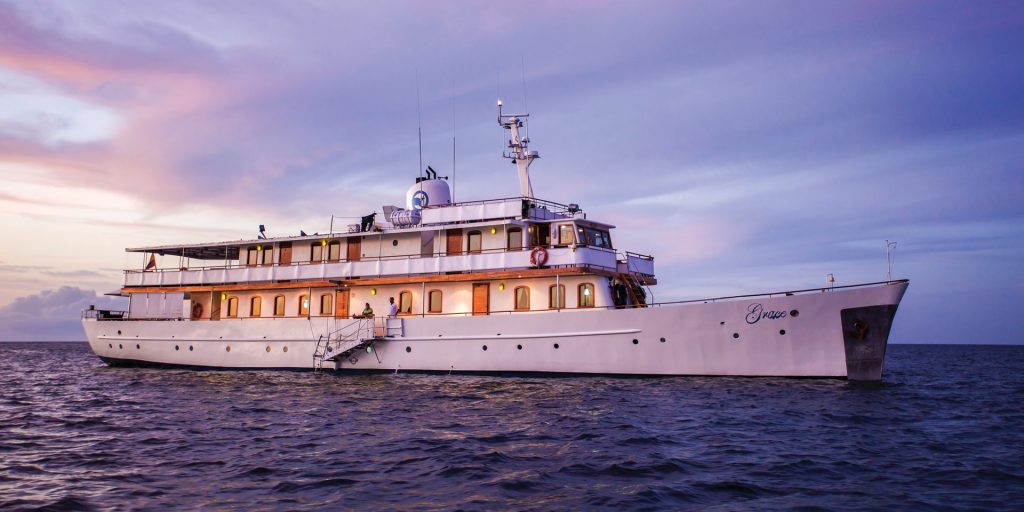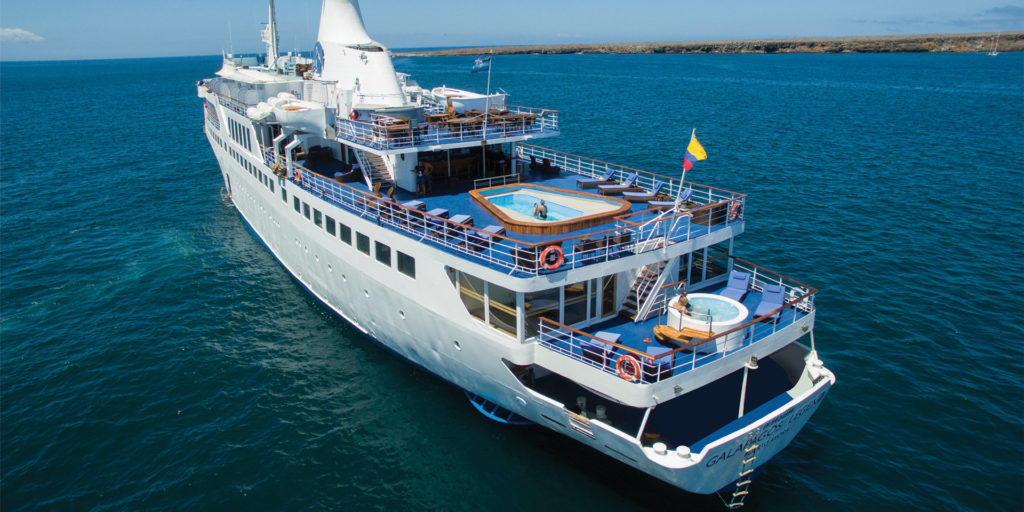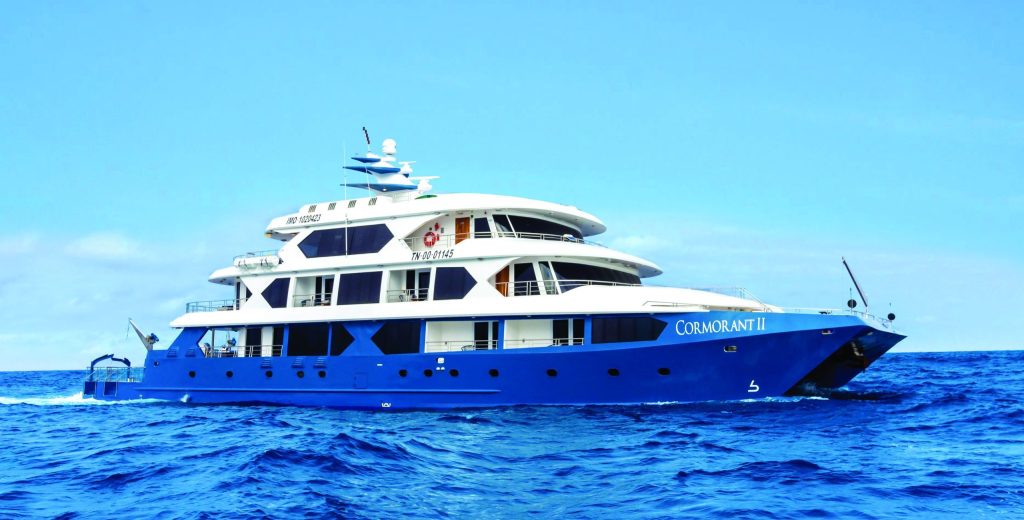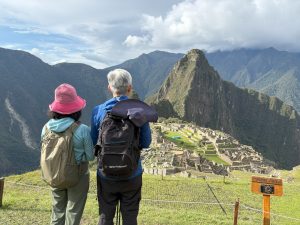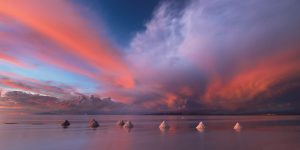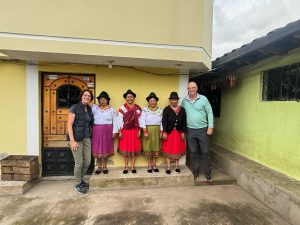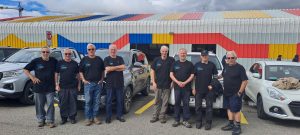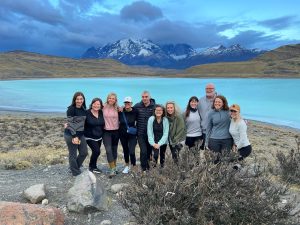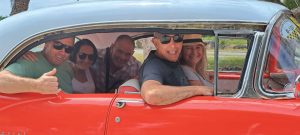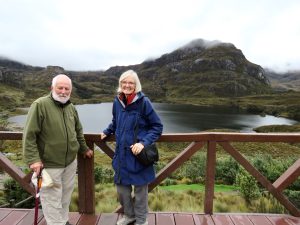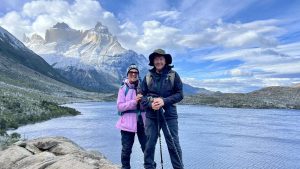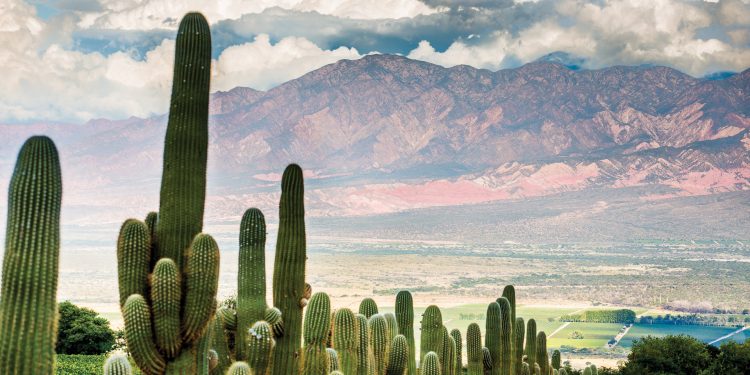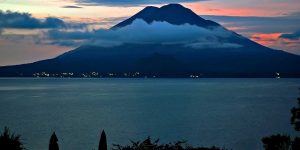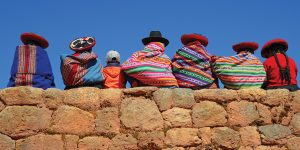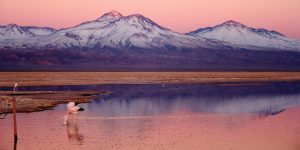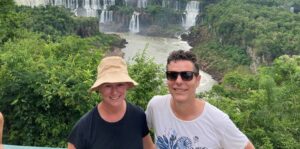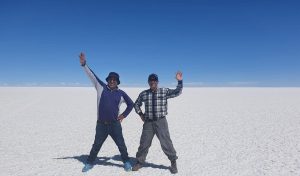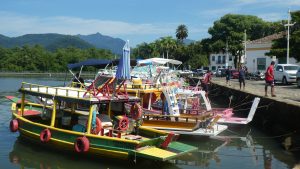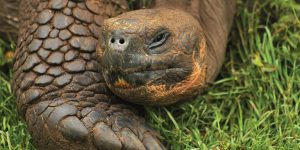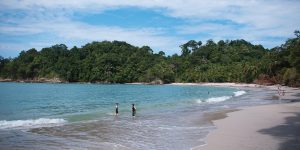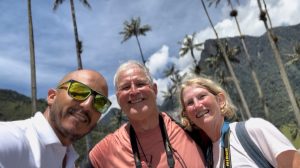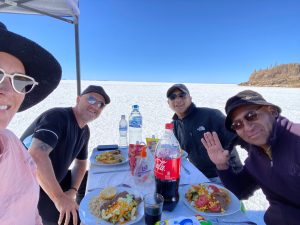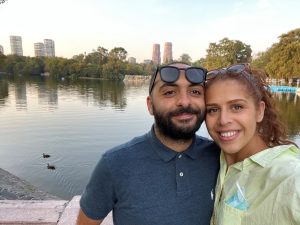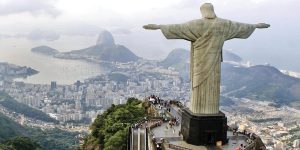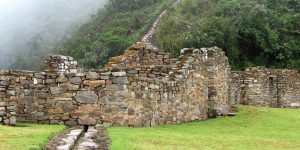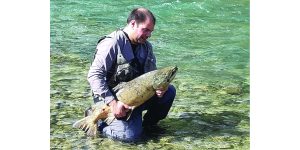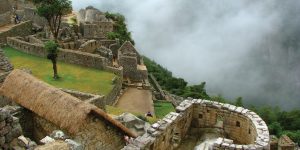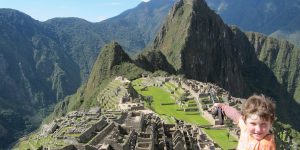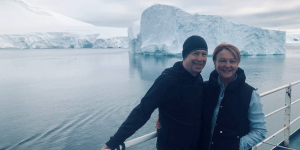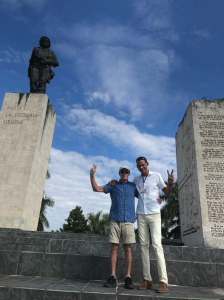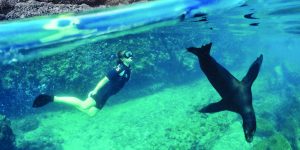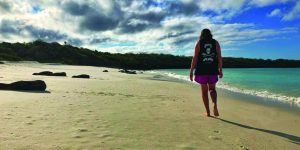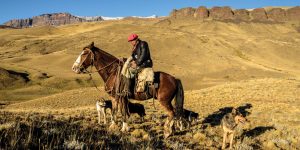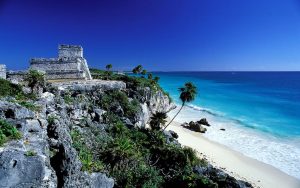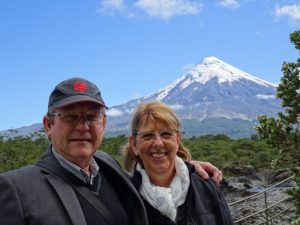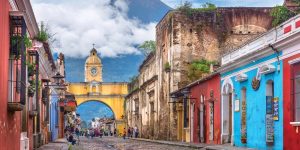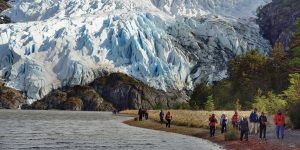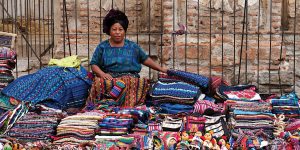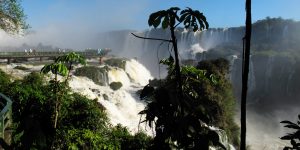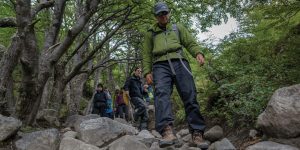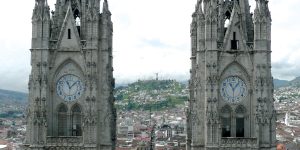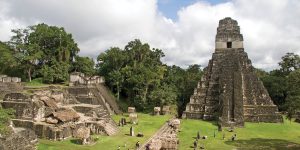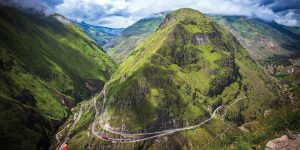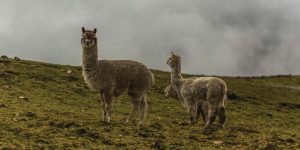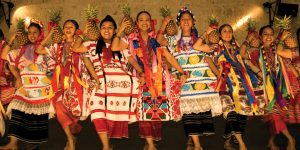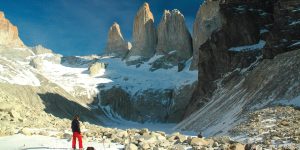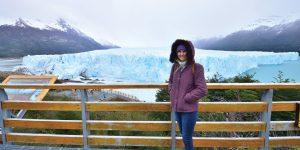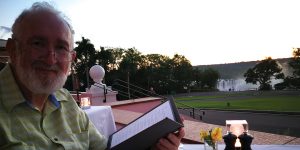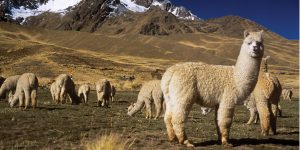Day 1 Santa Cruz Isl./Galapagos Islands
Very early this morning you will be transferred to the airport for your flight to Galapagos.
There are two types of landings throughout your Galapagos tour:
Dry landing: guests step from the dinghy onto rocks or a dock.
Wet landing: as the dinghy edges onto a sandy beach, guests step into knee-deep water and wade ashore.
Please remember that the exact route and program may vary according to weather and ocean conditions and the wildlife we encounter.
Upon arrival at the airport, you will be greeted by your guide and transported from Baltra Airport to the first visitor site.
PM: The Fausto Llerena Giant Tortoise Breeding Center (Santa Cruz)-the purpose of the centre, named for a legendary park ranger, is to raise Galapagos tortoise hatchlings in a protected environment. When the tortoises are large enough to fend for themselves, they are released into the wild. In addition to the tortoises, you may see finches, warblers and other birds in and around the tall tree cacti, and tiny lava lizards scurrying about underfoot.
After visiting the Research Station, passengers will be taken to the Puerto Ayora pier to board the M/C Elite.
Day 2 Genovesa Isl./Galapagos Islands
AM: Prince Philip’s Steps (Genovesa)- this island is the remnant of a once-mighty volcanic crater, and still has a distinctive crescent shape. Getting to the visitor site from the landing area is tricky and involves a bit of climbing, but once you’re up this is a visitor favourite due to the magnificent view from the upraised plateau, especially on a clear day. An easy trail winds through low, scrubby forest and ends up at a rocky ravine of sorts, where lucky visitors will spot the rarely-seen short-eared owl. Visitors may also see Red-footed Boobys, gulls, or other birds nesting or visiting the site.
PM: Darwin Bay (Genovesa)- this site is on the interior side of the island, protected from wind and currents. It is a wide, sandy beach with a short trail that leads off to one side of the beach and up into some rocky formations. Visitors can expect to see many bird species here including Blue-footed Boobys, Frigate Birds, Lava Gulls, Herons and Swallow-tailed gulls. It is one of the few visitor sites in the islands where you can see Red-footed Boobys. Guests will get to snorkel in the sheltered waters of the bay. Lucky snorkelers might see sharks, rays, sea lions, sea turtles and dazzling reef fish including parrotfish, king angelfish and damselfish.
Day 3 Santiago Isl./Galapagos Islands
AM: Buccaneer Cove and Espumilla Beach (Santiago)-some of the first visitors to the Galapagos Islands were pirates, and the sheltered bay was a favourite place for them to repair their ships. This visit includes a panga ride along the coast where you can spot some interesting rock formations as well as several species of nesting birds including gulls, boobys and pelicans. You may get to see not only sea lions but also their more reclusive cousins, the Galapagos Fur Sea Lion.
Followed the panga ride visit the unforgettable Espumilla Beach, known for its reddish sand, is a favourite among guests. Long, pristine and beautiful, it is home to a colony of sea lions as well as countless crabs and marine iguanas. It is possible to do some snorkelling off the beach.
PM: Egas Port (Santiago)-decades ago, an Ecuadorian named Hector Egas tried to make his fortune mining salt on Santiago Island; unfortunately, the enterprise failed. Egas Port bears the name of this intrepid entrepreneur, and there are still some remnants of the old salt mine facilities here if you know where to look. The trail here is a loop which goes through some low trees before swinging around along the coast. On the coastal portion of the trail, you can expect to see numerous sea lions, marine iguanas, and shorebirds. The coast is rocky due to its volcanic formation, but easy enough to walk along.
Day 4 Santa Cruz Isl./Galapagos Islands
AM: Bachas Beach (Santa Cruz)-this is one of the more beautiful in all of Galapagos, and that’s really saying something. It is a long stretch of pristine white sand where sea lions lounge and crabs scuttle back and forth. Sea turtles nest in some of the dunes here, and your guides will ask you to stay clear of the marked areas so as not to disturb the eggs. It is possible to see Flamingos in the two salty lagoons nearby. There is no real hike here: only the warm, sandy beach. After a stroll along the sand and a refreshing dip, you will have the opportunity for some easy snorkelling in the gentle surf.
PM: The Twins & Highlands (Santa Cruz)-The “twins” are a pair of sinkholes located in the highlands of Santa Cruz Island. Created by collapsing lava tunnels, they are not far from the main road through the highlands. It is a fun, easy hike through a lush tropical forest to the walkways which ring the top of the sinkholes.
Following this, you will get to spot giant tortoises in the wild. This impressive animal gives the name to the archipelago. You can easily appreciate the Galapagos giant tortoises in their natural habitat, eating, walking, among others. As part of this experience, you will visit underground lava tubes formed by cooled and solidified lava.
Day 5 Depart San Cristobal Isl.
AM: Kicker Rock (San Cristobal)- your final visit in the Galapagos Islands will be a memorable one: a panga ride up to and around Kicker Rock; a distinctive, boot-shaped rock formation located off San Cristobal Island. There may be a chance for some snorkelling as well. The snorkelling here is excellent, although the currents can be rather strong. Hammerhead sharks are often seen in the murky depths around kicker rock, and fortunate snorkelers might even see a giant ray or two.
After the early morning visit, transfer to San Cristobal Airport for your flight back to mainland Ecuador.

